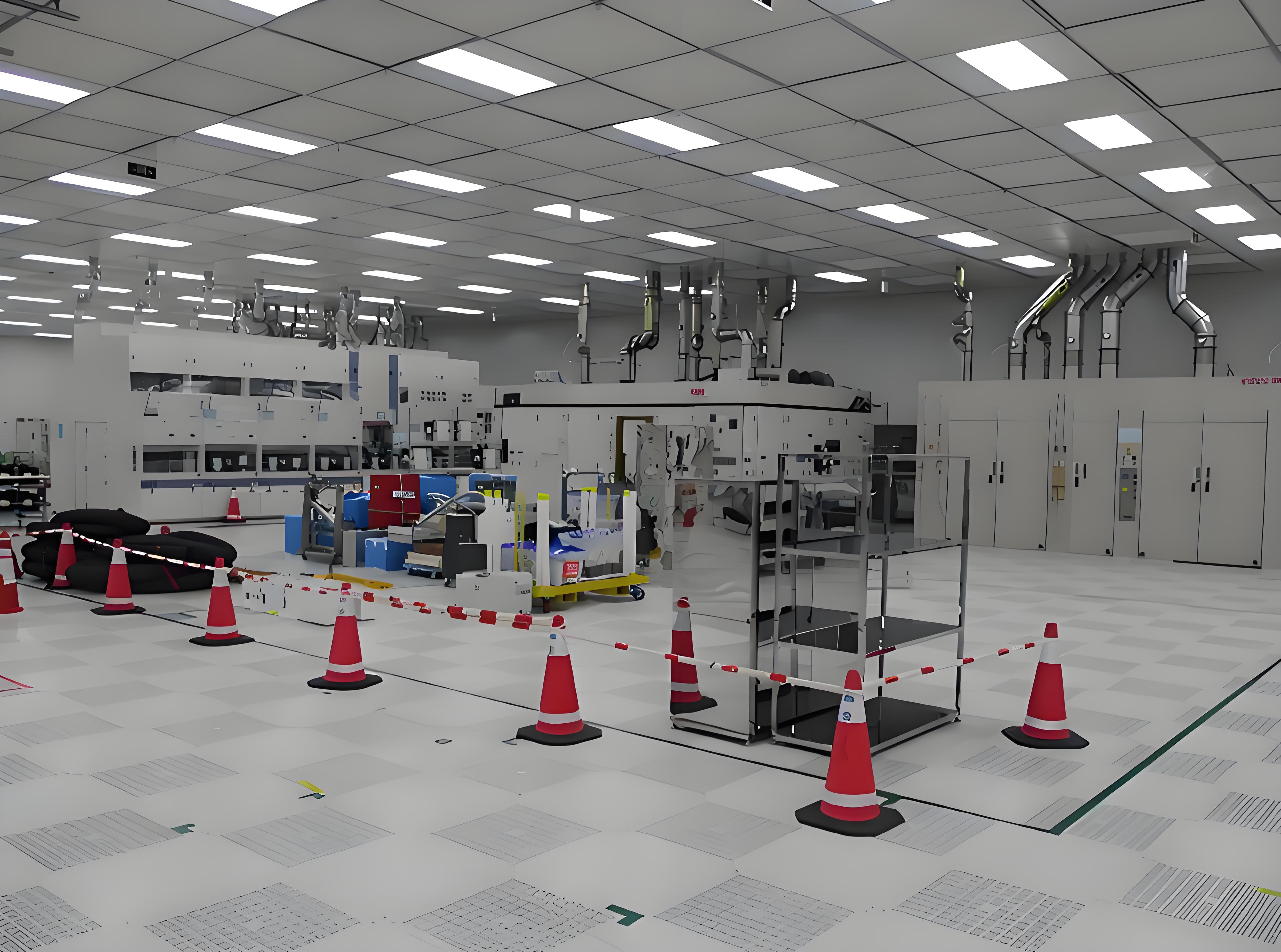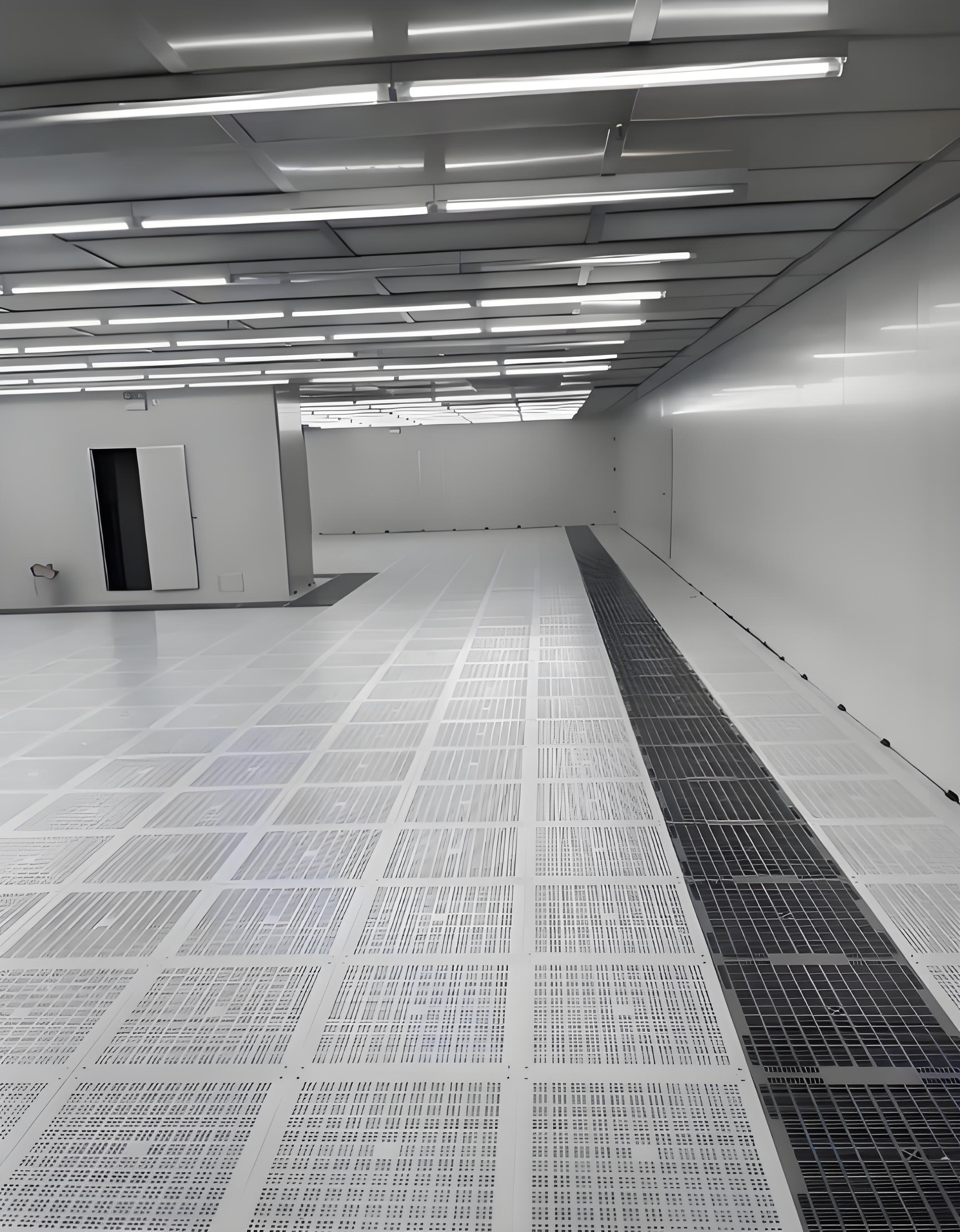




In the world of precision manufacturing, pharmaceuticals, biotechnology, and microelectronics, the cleanroom is the sacred heart of production. While most focus on particulate count and temperature, the significance of Cleanroom Humidity Control is often the unsung hero of operational success. Effective humidity management is not a mere suggestion; it is a fundamental pillar of quality assurance, product integrity, and process stability. This article delves into the engineering behind these systems, the solutions available, and the common challenges faced in maintaining this delicate balance.

Why is controlling moisture in the air so critical? The answer lies in the multifaceted impact of humidity on both the environment and the processes within it.
Electrostatic Discharge (ESD) Prevention: In low humidity conditions, the air becomes dry, drastically increasing the potential for static electricity buildup. For industries like microelectronics and semiconductor manufacturing, an uncontrolled electrostatic discharge can instantly destroy sensitive components, leading to massive yield losses. Proper Cleanroom Humidity Control maintains a level (often between 30-50% RH) that allows static charges to safely dissipate.
Product Integrity: Many materials are hygroscopic, meaning they absorb moisture from the air. In pharmaceuticals, incorrect humidity can cause powders to clump, altering their weight and chemical stability. It can make capsules too brittle or too soft, compromising dosage forms. Consistent humidity prevents these physical and chemical alterations.
Microbial Control: While HEPA filters control particulates, bacteria and viruses can thrive and multiply in high-humidity environments. Moisture can condense on surfaces, creating a breeding ground for microbial contamination that threatens sterile processes in medical device and pharmaceutical manufacturing.
Process Consistency: Human comfort is also a factor. Technicians working in excessively dry or humid conditions may perspire more, introducing unwanted contaminants. Furthermore, many precision mechanical tools and optical instruments can be calibrated to specific environmental conditions, making stability paramount.
Achieving and maintaining precise humidity levels is a complex task that goes far beyond a standard humidifier or dehumidifier. This is where Clea nroom Humidity Control Engineering comes into play. It is a specialized discipline that integrates HVAC (Heating, Ventilation, and Air Conditioning) with advanced humidification and dehumidification technologies, all governed by sophisticated control systems.
The engineering process involves several key steps:
Load Calculation: Engineers must first calculate the total moisture load within the cleanroom. This includes:
Internal Loads: Moisture generated by people (respiration, perspiration), process water, and cleaning procedures.
External Loads: Moisture infiltration from outside air, which varies greatly based on geographic location and climate.
System Design: Based on the load calculations, engineers design a system that can accurately add or remove moisture. This system must be integrated with the cleanroom's air handling units (AHUs). The air is typically conditioned in a specific sequence: first cooled to remove humidity (dehumidification), then reheated to the precise temperature setpoint, and finally humidified if needed.
Technology Selection: Choosing the right technology is crucial. For humidification, common methods include steam injection (isothermal), ultrasonic, or adiabatic (evaporative cool mist) systems. For dehumidification, cooling coils are standard, but in very low dew point applications, desiccant wheels may be required.
Control Systems: The brain of the operation. High-precision sensors constantly monitor relative humidity and temperature, sending data to a Building Management System (BMS) or dedicated controller. This system makes micro-adjustments to valves, heaters, and humidifiers in real-time to maintain the setpoint within a very tight tolerance, often as narrow as ±1% RH.
There is no one-size-fits-all solution. Engineered Humidity Control Solutions for Cleanroom Facilities are tailored to the specific ISO class, process requirements, and external climate. Here are some of the most common and effective solutions:
Chilled Water Cooling Coils: The primary method for dehumidification. As air passes over the cold coils, its temperature drops below its dew point, causing moisture to condense and drain away. The temperature of the chilled water is critical for controlling the dehumidification capacity.
Desiccant Dehumidification Systems: Used when extremely low dew points are required (e.g., in lithium-ion battery drying rooms or some pharmaceutical processes). These systems use a hygroscopic material (the desiccant) on a wheel to adsorb moisture directly from the air. They are highly effective in cold climates where cooling coils might freeze.
Clean Steam Humidifiers: The gold standard for humidification in critical environments like pharmaceutical sterile suites. They inject pure, pharmaceutical-grade steam generated from purified water (PW) or water for injection (WFI) into the airstream. This prevents the introduction of minerals or impurities that could contaminate the cleanroom.
Adiabatic Humidifiers: These include ultrasonic and evaporative systems. They are energy-efficient as they add moisture without adding heat (the water evaporates, cooling the air slightly). However, they require extremely high-quality water (often RO or DI water) to prevent mineral dust from being aerosolized into the cleanroom.
Integrated Direct Digital Control (DDC) Systems: The sophisticated control systems that tie all components together. They use complex algorithms to anticipate load changes and provide proactive adjustments, ensuring unparalleled stability.

Even with the best-designed systems, facilities often face recurring challenges. Understanding these problems is the first step toward prevention.
Seasonal and Climate Variability: A system perfectly balanced for a humid summer may struggle during a cold, dry winter. The external moisture load flips from positive (needing dehumidification) to negative (needing humidification), placing stress on different parts of the system. Cleanroom Humidity Control Engineering must account for these extreme seasonal swings.
Sensor Calibration Drift: The entire control loop is only as good as its sensors. Humidity sensors can drift out of calibration over time due to contamination or age. Regular calibration and maintenance of these sensors are non-negotiable. A faulty sensor can cause the system to work incorrectly, wasting energy and compromising the environment.
Water Quality Issues: Using tap water in a humidifier, especially adiabatic types, will lead to a buildup of mineral scale on components and, worse, will release white dust into the cleanroom, causing catastrophic particulate contamination. This underscores the need for proper water treatment as part of the Engineered Humidity Control Solutions for Cleanroom Facilities.
System Sizing and Balance: An undersized system will never keep up with the load, while an oversized system will "short cycle," turning on and off frequently. This leads to poor humidity control, temperature fluctuations, and excessive wear on components. Proper initial load calculation is vital.
Airflow Problems: Humidity control is inextricably linked to airflow. Blocked HEPA filters, malfunctioning dampers, or poor room pressurization can create pockets of stagnant air with different humidity levels, leading to non-uniform conditions and potential condensation on surfaces.
Maintenance Neglect: Cooling coils can become fouled, drain pans can clog, steam humidifier cylinders can wear out. A lack of a rigorous preventive maintenance schedule is a primary cause of system failure and inconsistent Cleanroom Humidity Control.
Effective Cleanroom Humidity Control is not a standalone system but an integral, dynamic component of the overall cleanroom ecosystem. It requires forethought in its Engineering, precision in its implementation through tailored Solutions, and diligence in its ongoing maintenance to overcome common operational challenges. Investing in a robust, well-designed humidity control system is an investment in product quality, process yield, and ultimately, the reputation and bottom line of any enterprise that depends on the pristine conditions of a cleanroom environment. By prioritizing this critical parameter, facilities can ensure they are building on a foundation of stability and control.